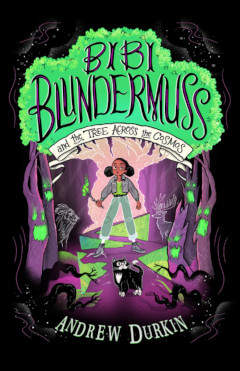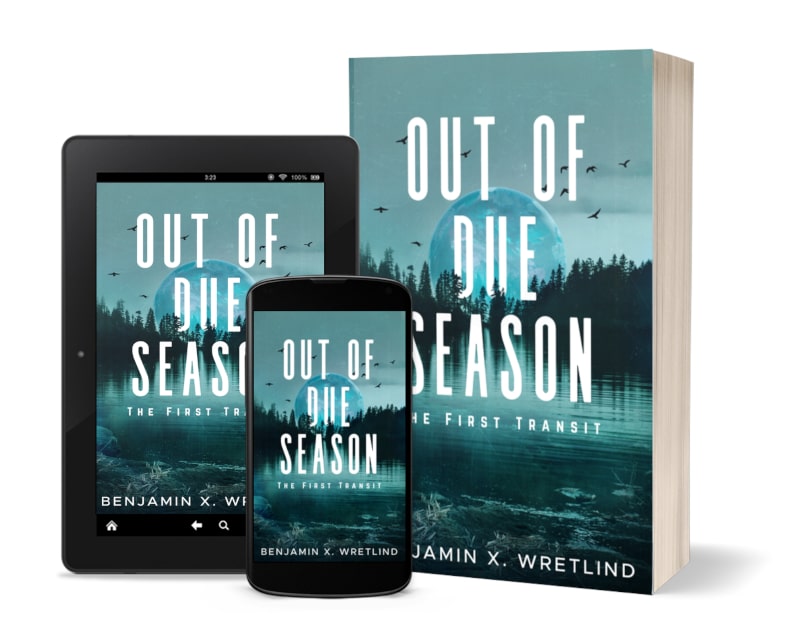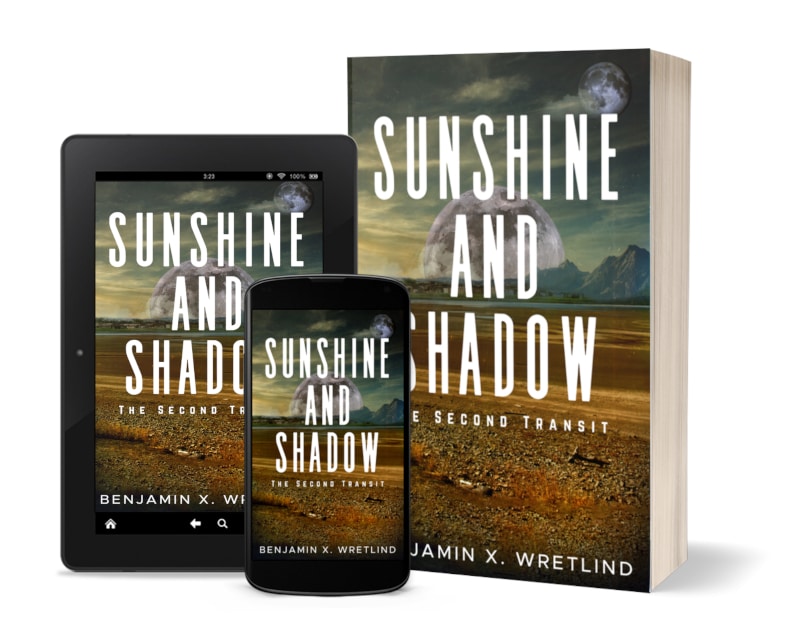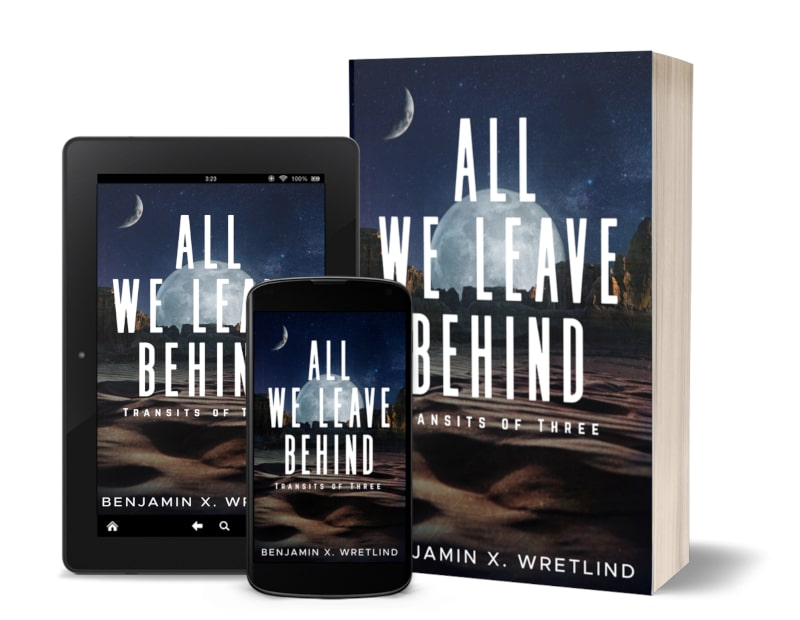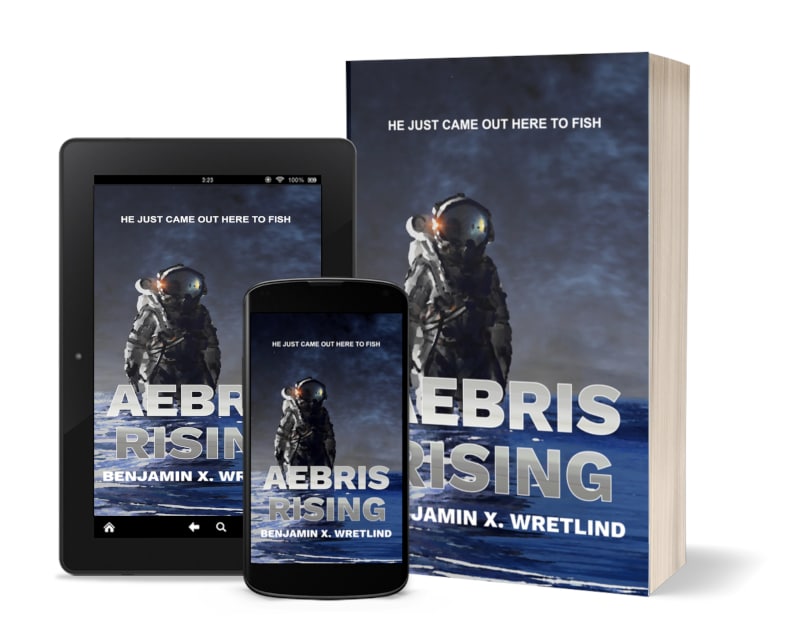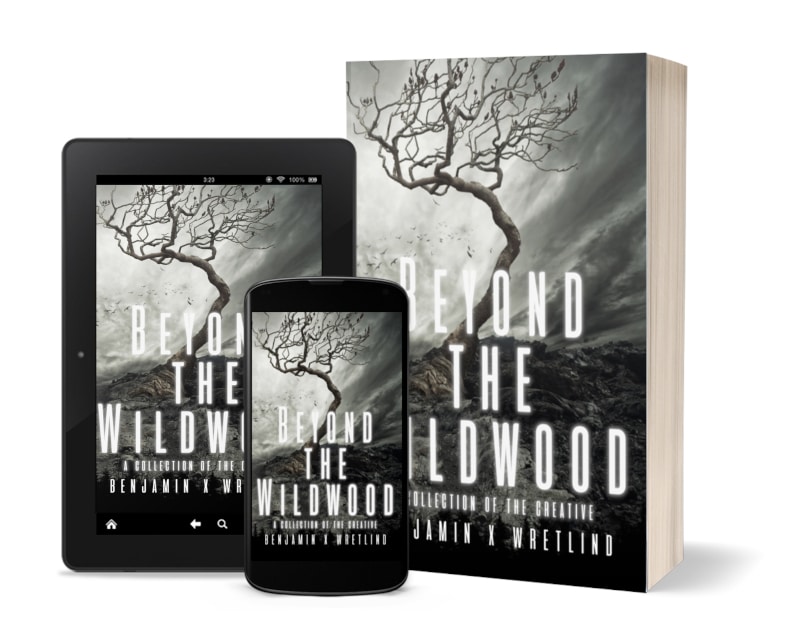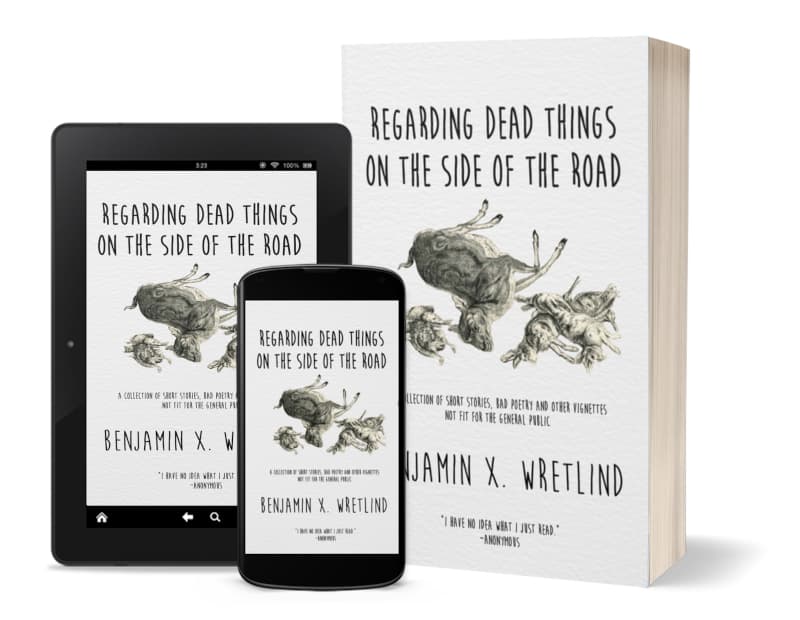A Semi-Not-Horribly-Regular Newsletter #11

In this issue: What’s Next, Calling All Beta Readers, New Posts, An Indie Author Program Review Selection (a review).
What’s next? That’s a question typically followed by the completion of a thing, right? Maybe the end of a journey, the publication of a book, the catching of a tail?
Those who know me would not be surprised to hear that I have a spreadsheet (actually several). The main one (uncreatively called “book_plan.xlsx”) tells me when the next thing to do is, what I should be working on, and where I need to put my energy.
Currently, most of that energy is divided among a few things: the 1st draft of the 1st book of a new series (yet to be announced), editing and rewriting portions of the third book in the Transit series, and marketing Sunshine and Shadow as well as other books. There’s also, of course:
- blog posts and newsletters (scheduled, by the way)
- a contest run up (starting on 8/1) (here’s a preview)
- prep and setup of the full version of Beans of Anafi (which is currently in Vella form)
- occasional work on a nonfiction book (to come out in March of next year)
- prep for this year’s NaNoWriMo (did I mention I’m a planner?)
- research/bidding on audiobook narrators and engineers
I also, apparently, have a day job. But, lucky for me, it’s remote and gives me the opportunity to do all of the above.
I honestly need that spreadsheet, by the way, although I might want to think about some project management software. I’ve used a few in the past. If you have any favorites, let me know.
Calling All Beta Readers
If you’re up for it, I’d love to hear from a few beta readers. What’s a beta reader? Simply put, a beta reader is a person who reads a work of fiction before it’s published in order to mark errors and suggest improvements. It’s not an editing gig, but more a way to note inconsistencies and point out obvious flaws the author may have missed.
I’ve been a beta reader for several books, and each time I get a shot of dopamine that I helped someone out, someone in the same shoes as me. But you don’t have to be a writer to be a beta reader. You just need some time.
If you’re interested, I’m soliciting beta readers for the third book in the Transit series (not-so-secretly named All We Leave Behind: Transits of Three). You don’t have to have read the first two, but it would really help. If this is something that appeals to you (and you have the time), click the button below.
I will notify you if selected (okay… that sounds pretentious, but really, there are only a few slots available).
New Posts
- Using Anthropology for World Building – Part 5 (History)
- History is an important element of anthropology when building worlds, but it’s not always done. It can, however, make a big impact.
- Using Anthropology for World Building – Part 6 (Government)
- The government you build into your fantasy or science fiction culture doesn’t have to be complicated. It can mirror your own, or…be something else.
- Using Anthropology for World Building – Part 7 (Economy)
- In the penultimate part of this eight-part series on using anthropology for world building, we’ll look at economy from the perspective of fiction.
- Using Anthropology for World Building – Part 8 (Daily Life)
- In this final post related to using anthropology for world building, we’ll take a look at daily life.
An Indie Author Program Review Selection
Bibi Blundermuss and the Tree Across the Cosmos
There are exactly three books I have read more than twice: Dandelion Wine, The Neverending Story, and Mythago Wood. Bibi Blundermuss and the Tree Across the Cosmos by Andrew Durkin may end up being the fourth. When I look at why I loved reading those other three books, it is because the author either succeeded in taking me to a new and fantastical world or it was just plain Ray Bradbury. Bibi Blundermuss fits with the former: I love to be transported, as Bibi was, to a truly magical world.
From the opening scene to the end, there is nothing but action. Bibi’s hylophobia–a fear of trees–enhanced the anxiety of our main character and made her journey that much more incredible. When her cat, Eek (Ekatarina) disappears, Bibi must enter a forest that frightens her. What she finds is a swarm of bees, an unusual tree, and the voice of her mother telling her to climb. It was that climb that really endeared me to the story.
Even with Bibi’s anxiety in overdrive, she wants nothing more than to find her parents. The tree takes Bibi and Eek into outer space and deposits them on another planet before disappearing again, leaving them stranded. It is a truly magical way to be transported to a fantastical world, much like Jack’s Beanstalk, the wardrobe of Narnia or the book in The Neverending Story.
There are very few slow moments in this book. Durkin does a fabulous job creating a world that is rich with imagination. I could see and feel much of Bibi’s anxiety, and if I were a middle schooler, I would read this again and again. Overall, I highly recommend Bibi Blundermuss and the Tree Across the Cosmos by Andrew Durkin with its grand imagination and exciting journey. It is a quick read to anyone who relishes that feeling of being a kid again.
Available at Amazon: https://www.amazon.com/dp/B09VKJD3LS/
Please let your friends know if they’re interested in blog posts about writing and all the other odd things you might find on this site. They can sign up at this link and get a free novella: Subscribe Here
That does it for this issue of the newsletter. I’ll see you back here next time!
— Ben



